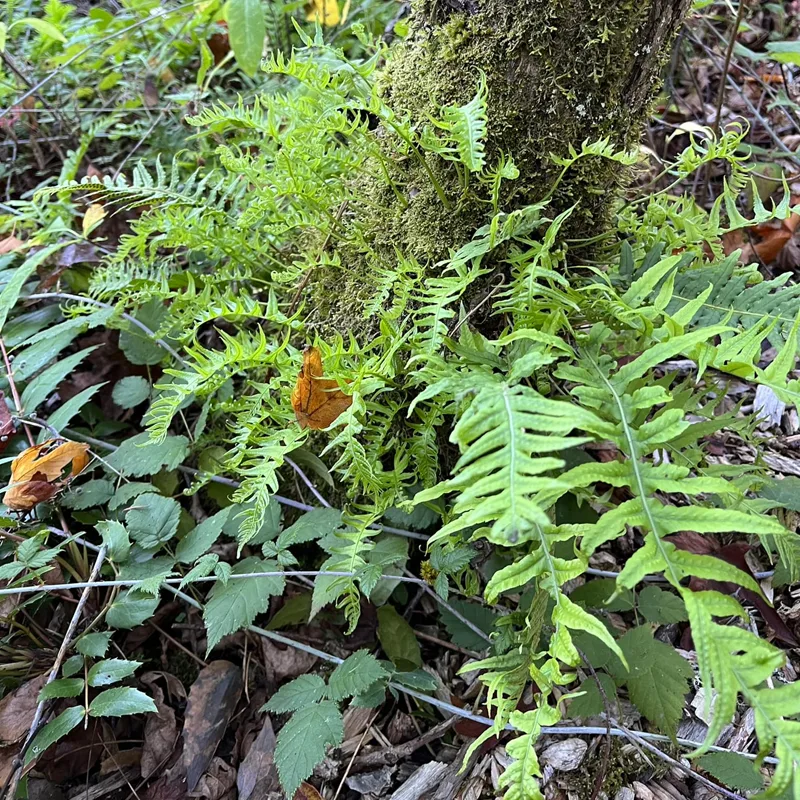Falling for Honeywort: My Journey with the Enchanting Cerinthe
My name is Ferb Vu, and I’ve always been drawn to the unusual. In the world of plants, few things strike me as more unusual and captivating than the genus Cerinthe. These plants belong to the Boraginaceae family, with their alluringly glaucous foliage and pendant, bell-shaped flowers, possess a unique charm that’s hard to resist. Commonly known as honeyworts, they’ve completely stolen my heart, and I’m eager to share my fascination with you.
A Painter’s Palette of Colors
What initially captivated me about Cerinthe is their striking appearance. Their leaves, often a soothing silvery-green or blue-green, provide the perfect backdrop for their vibrant blossoms. These flowers come in an array of painter’s palette hues – from the rich blues and purples of Cerinthe major ‘Purpurascens’ to the sunshine yellows of Cerinthe major subsp. major. And let’s not forget the bracts, those leafy structures that encircle the flowers, which often boast contrasting colors, adding another layer of visual interest.
The way the flowers dangle delicately, almost shyly, from the stems creates a sense of movement and grace. It’s as if they’re performing a gentle dance in the breeze, inviting you to come closer and admire their beauty.
More Than Just a Pretty Face
But Cerinthe is more than just a pretty face. These plants are a haven for pollinators, especially bees, who are drawn to the sweet nectar hidden within the tubular flowers. Watching bees buzz around my Cerinthe plants, their furry bodies dusted with pollen, brings me immense joy. It’s a reminder of the vital role these plants play in the ecosystem.
And did you know that Cerinthe has a history of medicinal use? Traditionally, it was believed to have healing properties and was used to treat wounds and skin irritations. While I haven’t personally tested these claims, it’s fascinating to delve into the historical relationship between humans and plants.
A Diverse Family
The genus Cerinthe isn’t large, but it boasts a charming variety of species, each with its own unique characteristics. Here are:
- Cerinthe major: This is perhaps the most well-known species, and for good reason. It offers stunning color variations, with cultivars ranging from those with yellow flowers and green bracts to those with purple flowers and blue bracts.
- Cerinthe minor: This species, also known as lesser honeywort, has smaller, paler yellow flowers and narrower leaves than C. major. It has a more delicate, understated beauty.
- Cerinthe glabra: This species is native to the Pyrenees and has smooth, hairless leaves and yellow flowers. It’s a bit of a rarity in cultivation.
- Cerinthe retorta: This species is distinguished by its twisted flower clusters and is native to the eastern Mediterranean.
- Cerinthe palaestina: This species hails from the Levant and has pale yellow flowers with purple tips.
- Cerinthe tenuiflora: This species has slender flowers and is native to Italy.
Growing Cerinthe: A Rewarding Experience
One of the things I love most about Cerinthe is how easy it is to grow. These plants are relatively low-maintenance and thrive in a variety of conditions. I’ve found that they prefer well-drained soil and a sunny spot, but they can also tolerate some shade.
I usually start my Cerinthe from seed in the spring. The seeds germinate readily, and the seedlings grow quickly. Once they’re established, they require minimal care. I water them regularly, especially during dry periods, and occasionally give them a feed with a balanced fertilizer.
Cerinthe are relatively pest and disease-free, which is always a bonus. However, they can be susceptible to powdery mildew if conditions are too humid. To avoid this, I make sure to provide good air circulation around the plants.
A Versatile Beauty
Another aspect of Cerinthe that I appreciate is its versatility. These plants look stunning in a variety of settings. I’ve grown them in borders, cottage gardens, and even containers on my balcony. Their trailing habit makes them particularly well-suited for hanging baskets or cascading over walls.
I also love using Cerinthe as a cut flower. Their unique form and texture add a touch of whimsy to any arrangement. Plus, they last quite a while in a vase, which is always a plus.
A Constant Source of Inspiration
My journey with Cerinthe has been a delightful one. These plants have brought me so much joy and continue to inspire me with their beauty and resilience. Whether I’m admiring their delicate blooms, watching bees busy at work, or simply enjoying their presence in my garden, Cerinthe never fails to lift my spirits.
If you’re looking for a plant that’s both beautiful and easy to grow, I highly recommend giving Cerinthe a try. I promise you won’t be disappointed.
If i die, water my plants!



